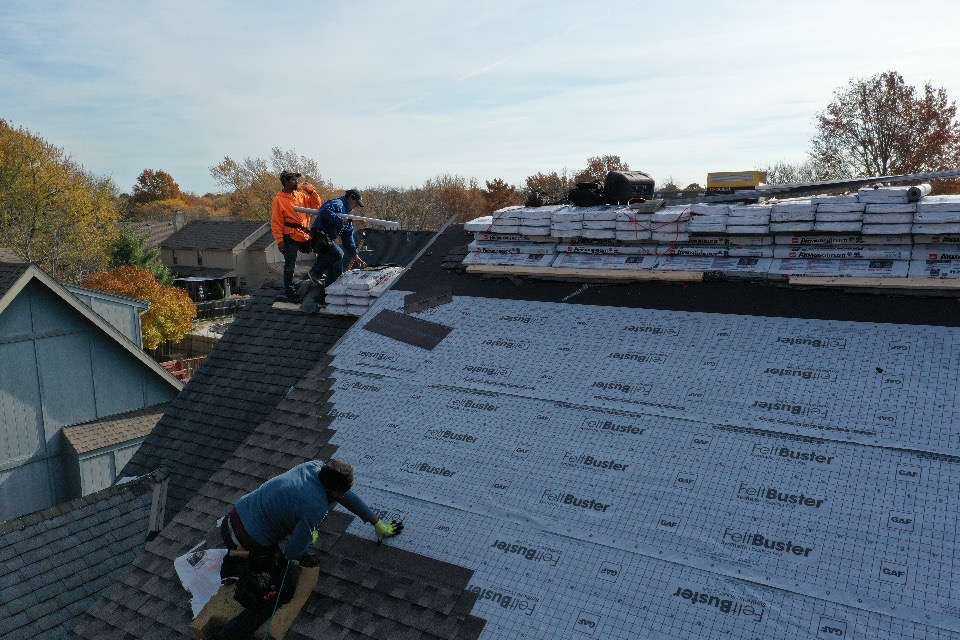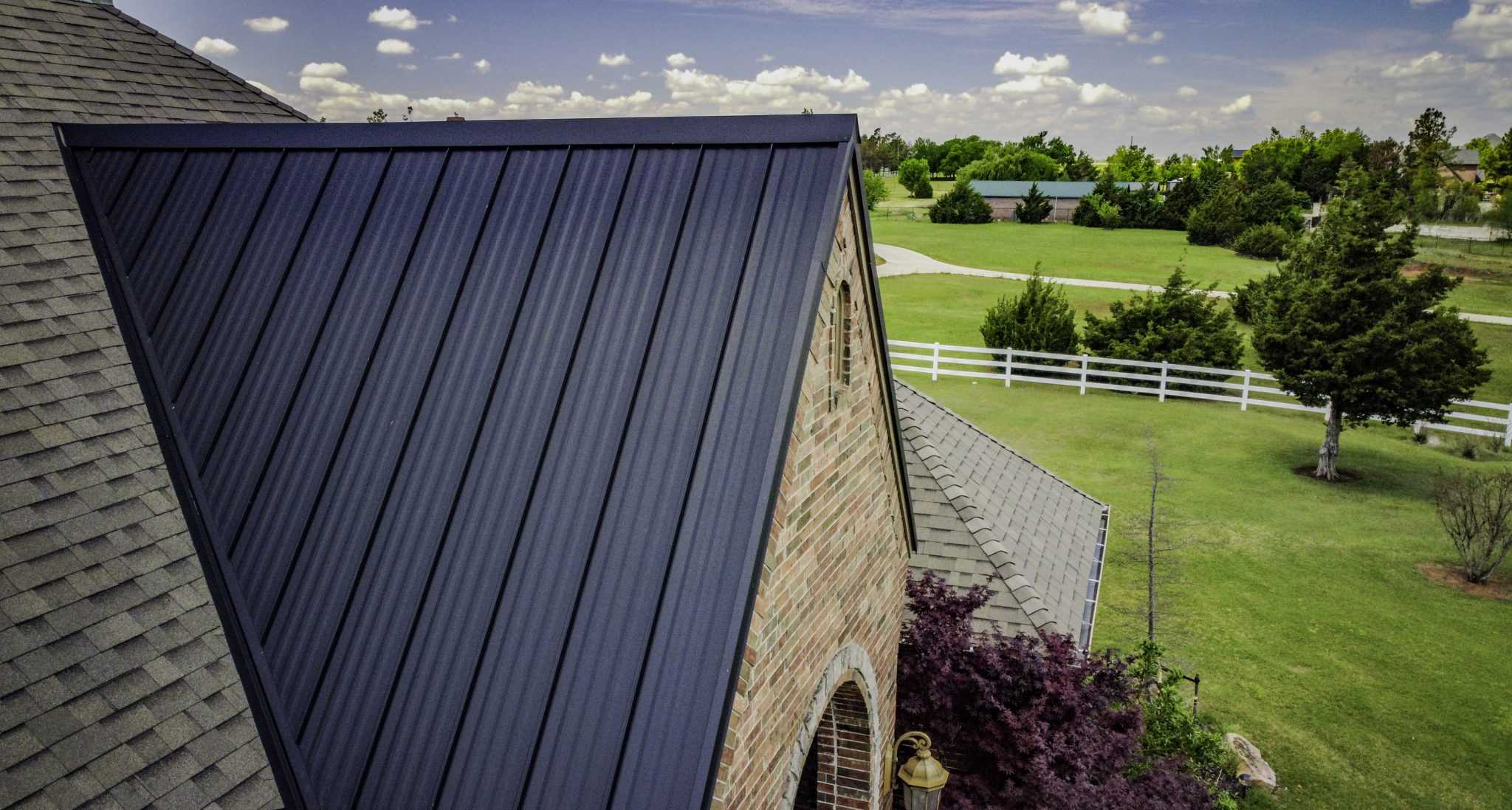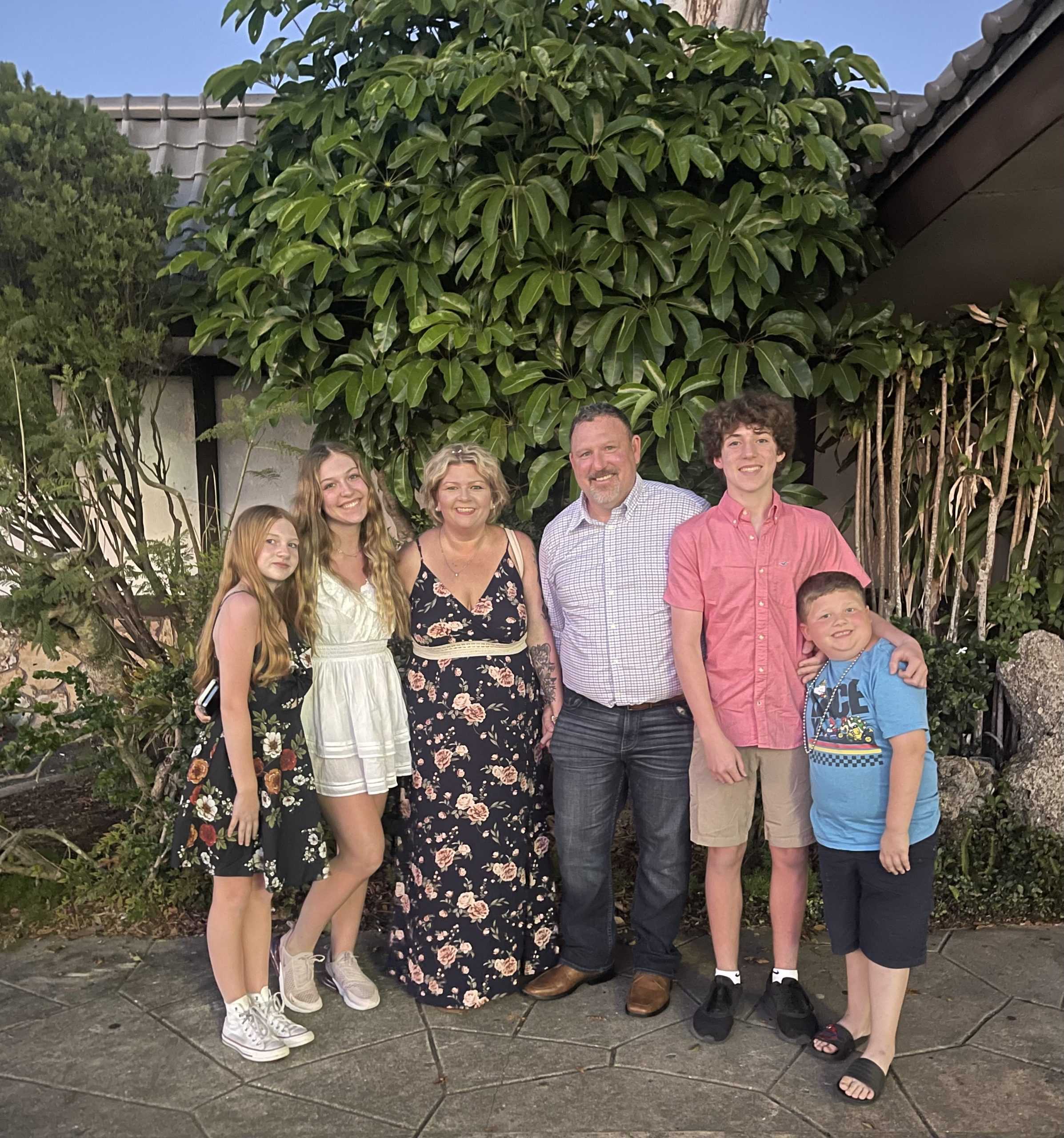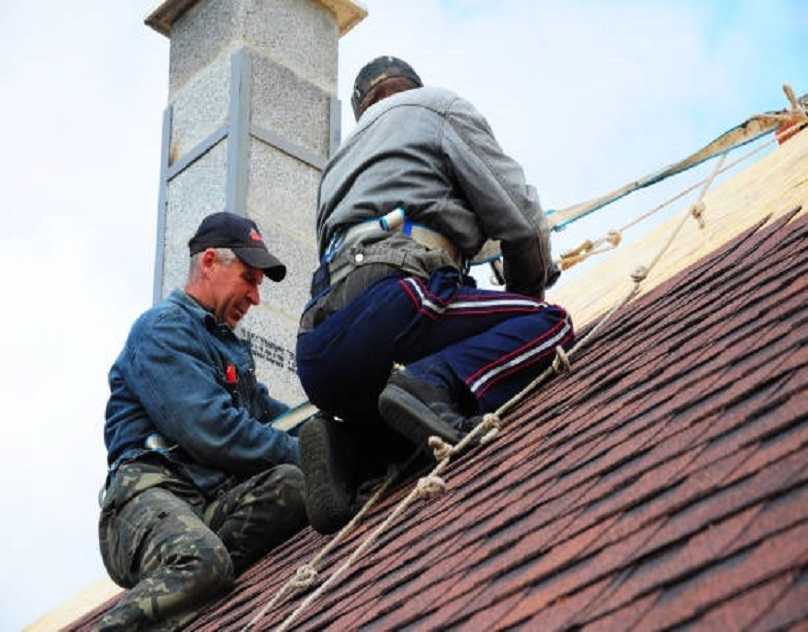Common Types of Roofs In Florida.
1. How old is your roof, and what is the lifespan of materials used?
Simple roof design with two planes often referred to as a “pitched” or “peaked” roof. There are some of the more common types and are recognizable by two plane characteristic and triangular forward facing street view.
Positives: The “pitched” and “peaked” are great at shedding water and snow, and can create additional attic space. They are simple designs and cost effective resulting in widespread use. In snowy regions it is recommended to have a minimum of 10/12 pitch or 40-degree angle.
Negatives: The more vertical the planes of the roof sit the more susceptible they are to high winds. Hail isn’t as much of a problem in Florida as wind, but worth noting.
Note: Though it has efficient shedding ability, properly supported frames are a must to prevent collapsing or caving. Especially if the winds do come.
2. Hip: types of hip (simple hip and crossed hip)
This roof has four sloped planes that form a rectangular shape. Each plane is equal in length and joins together in the middle to form a ridge or spine.
Positives: The hip roof design is more structurally stable than the gable. The inward slope on four sides and joining at the ridges helps provide additional support and leverage for the planes. They still do the job for shedding precipitation and still create attic space much like the gable.
Negatives: A more complex design will increase the cost both with time and materials.
3. Mansard: Known as a “French roof”
Positives: Can significantly increase living or attic space. The low pitch top section provides increased ceiling space compared to the gable and hip. Can increase home’s square footage if the attic is turning into living space.
Negatives: The low pitch top section is not ideal for shedding snowfall. There will be an increase in cost due to the sophistication of design.
4. Gambrel Roof: A gable style mansard (barn style)
A basic rectangular structure that will have four planes. The uppermost planes will join to meet at the spine with the same pitch, and the lower two planes will transition to upper planes with an increase pitch forming a ridge.
Positives: Extra attic space for storage or living. It’s simplified design of the mansard help keep cost down.
Negatives: With increased attic space comes the vulnerability of high wind damage. If your roof is more like a “sail” on a boat then it is vulnerable to high winds. Inspecting these roofs after storm events can save you money in the long run.
5. Flat Roof:
This one is self explanatory. These types are widely used among commercial and industrial buildings, and can create outdoor living spaces. Though the roof is termed “flat roof” it should have a small pitch to guide water off the right direction.
Positives: Availability for outdoor living spaces. They have low surface areas so help save on material and labor cost. Wind damage resistant.
Website :- https://www.stormcontracting.c....om/common-types-of-r





